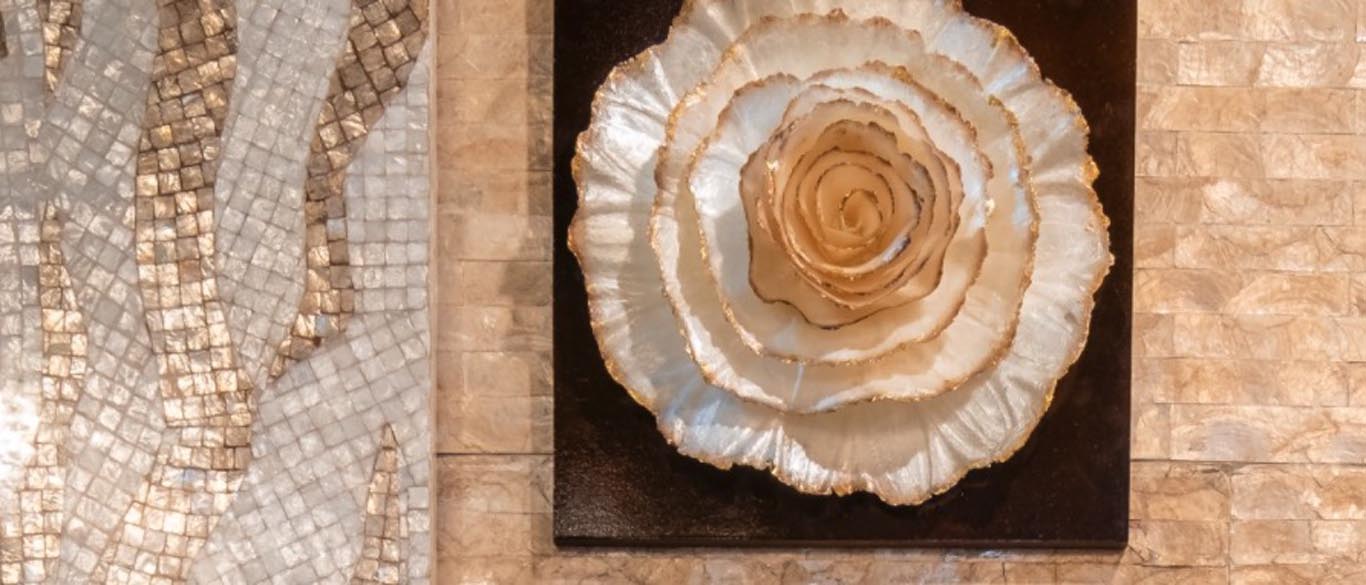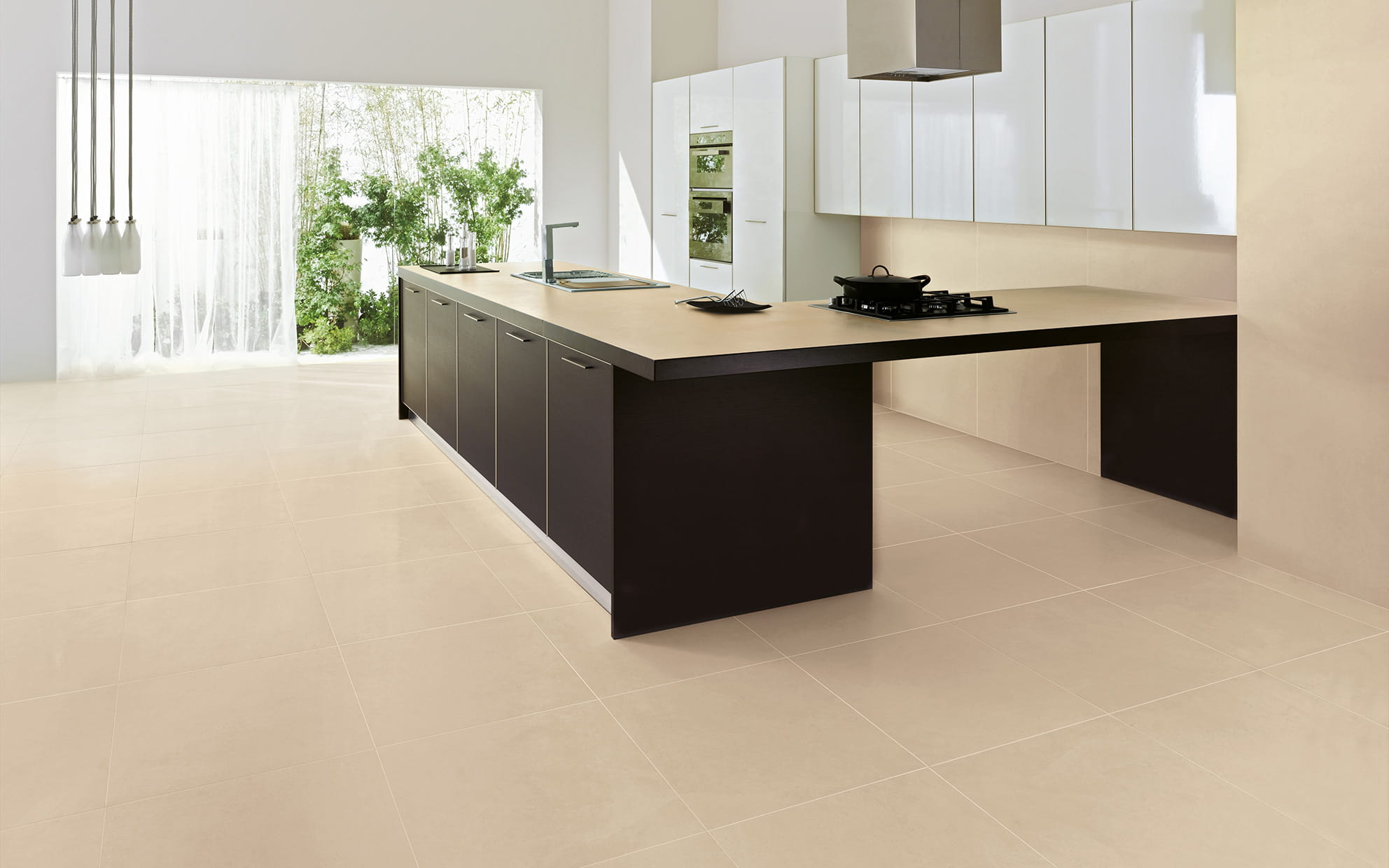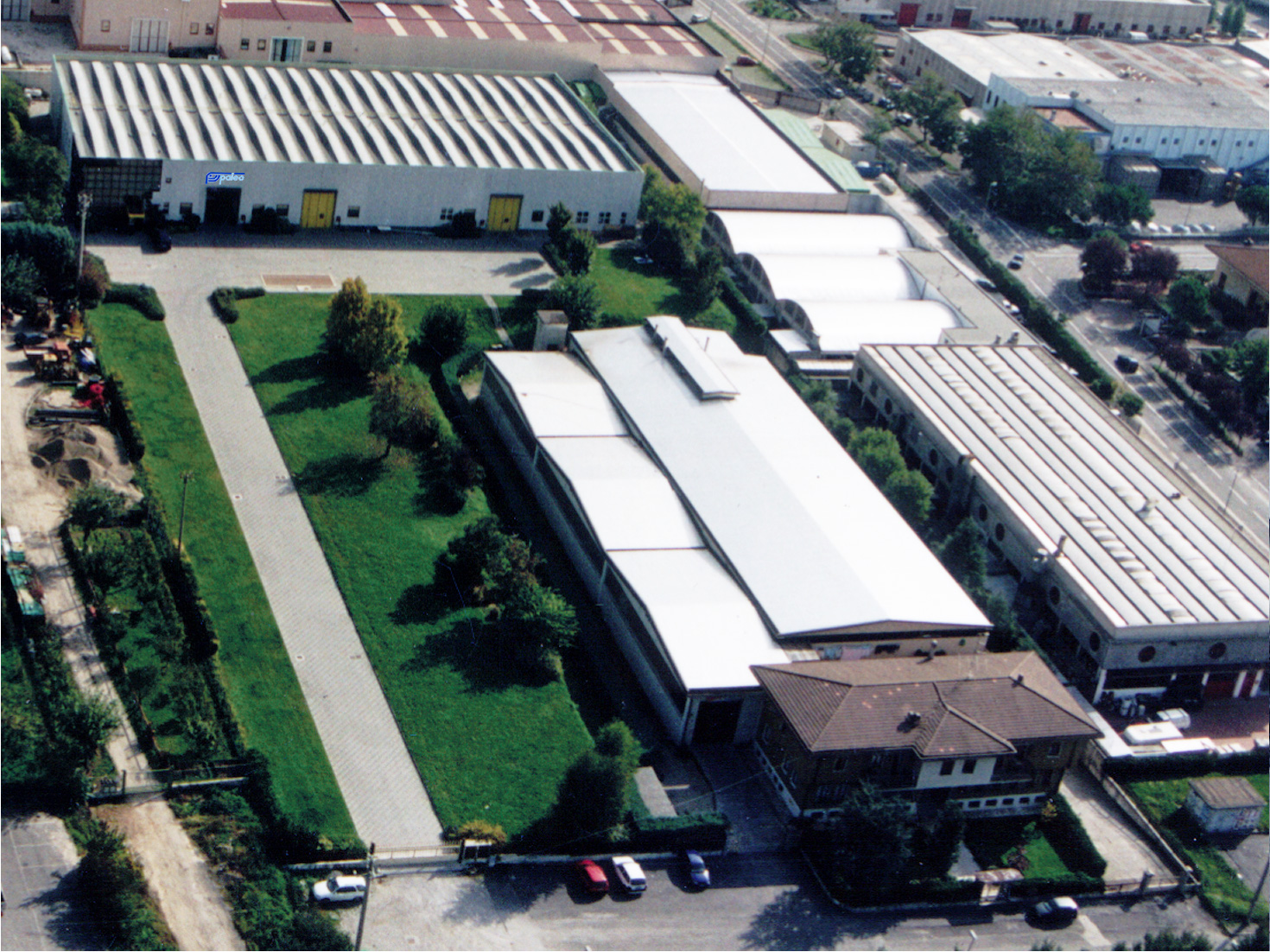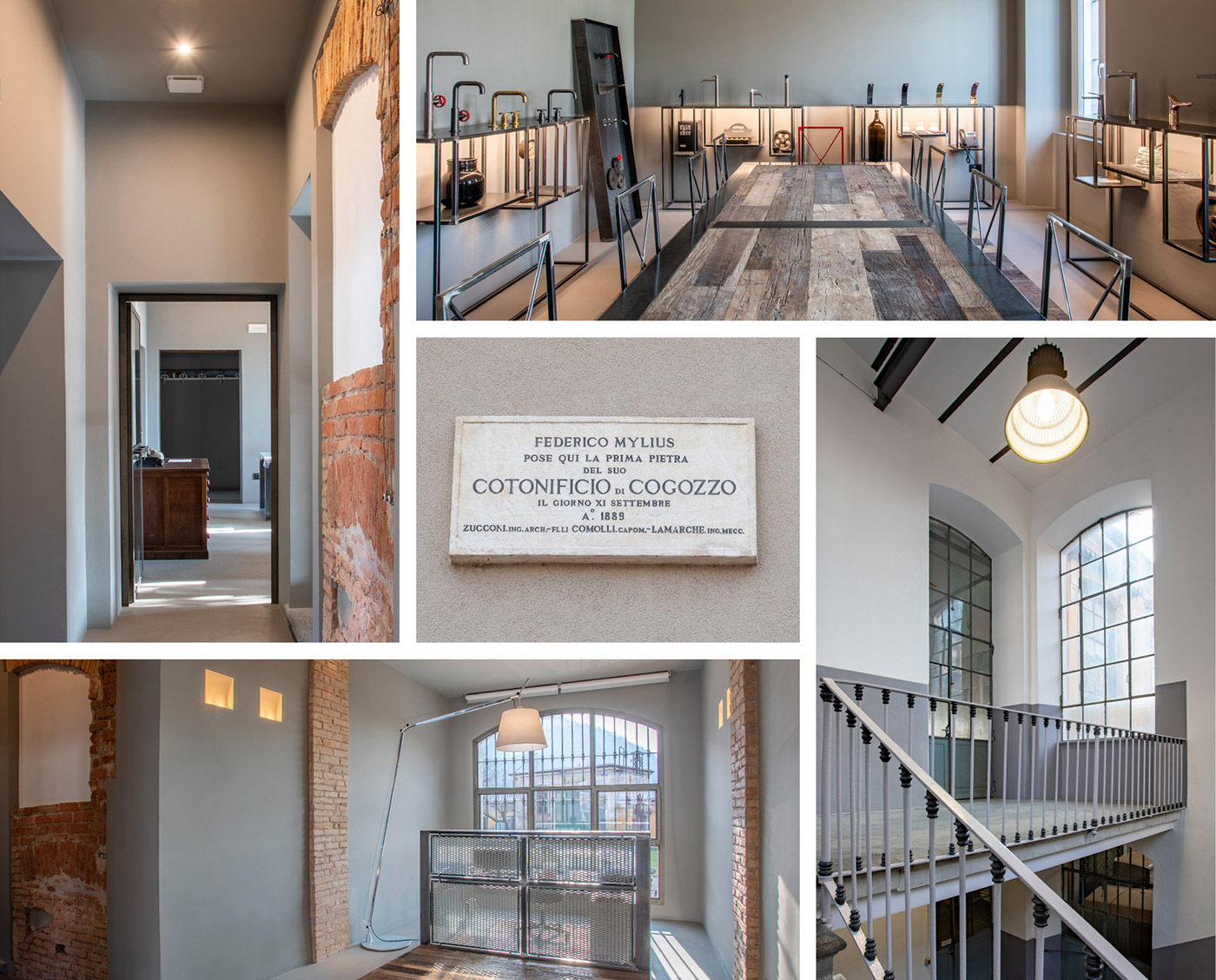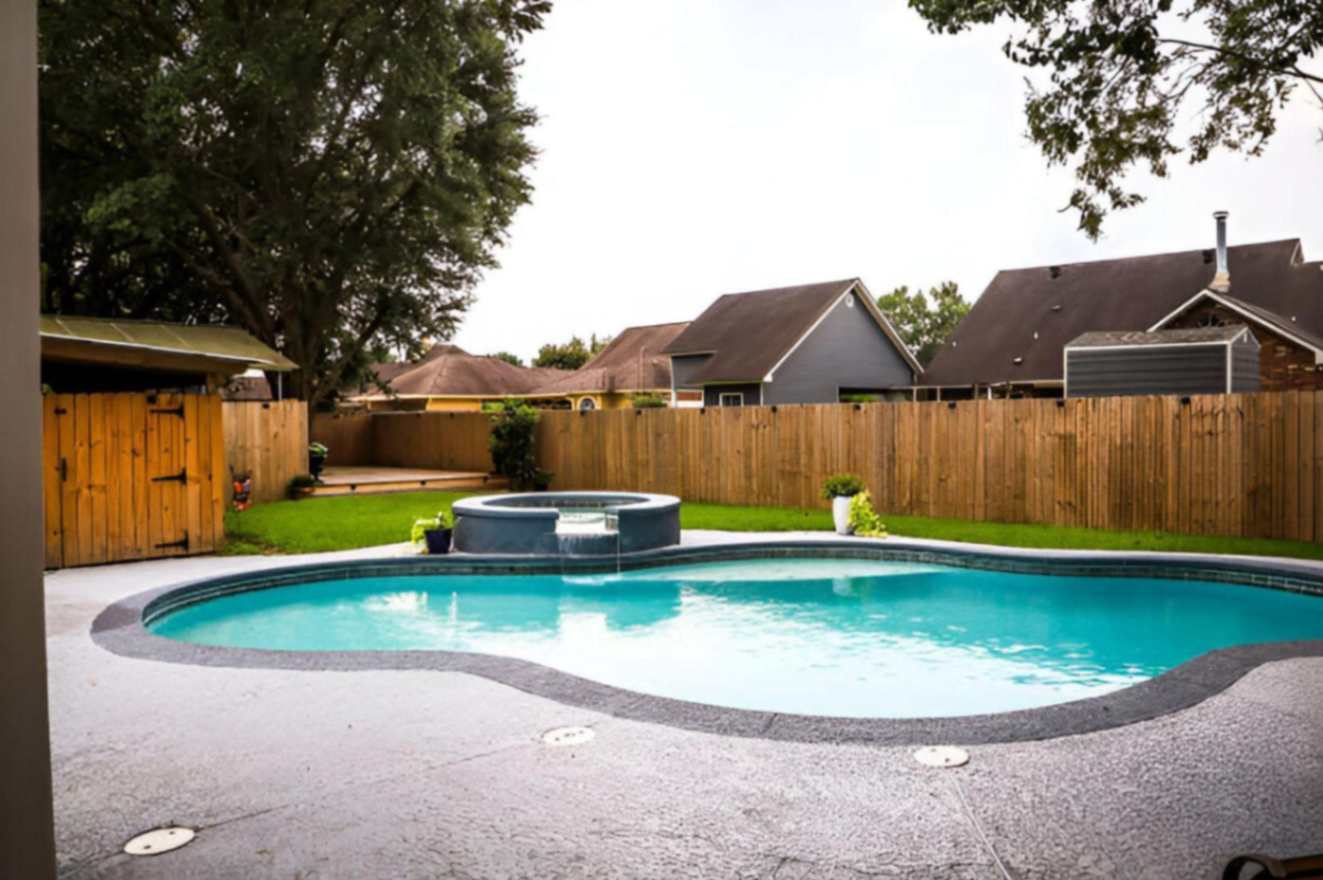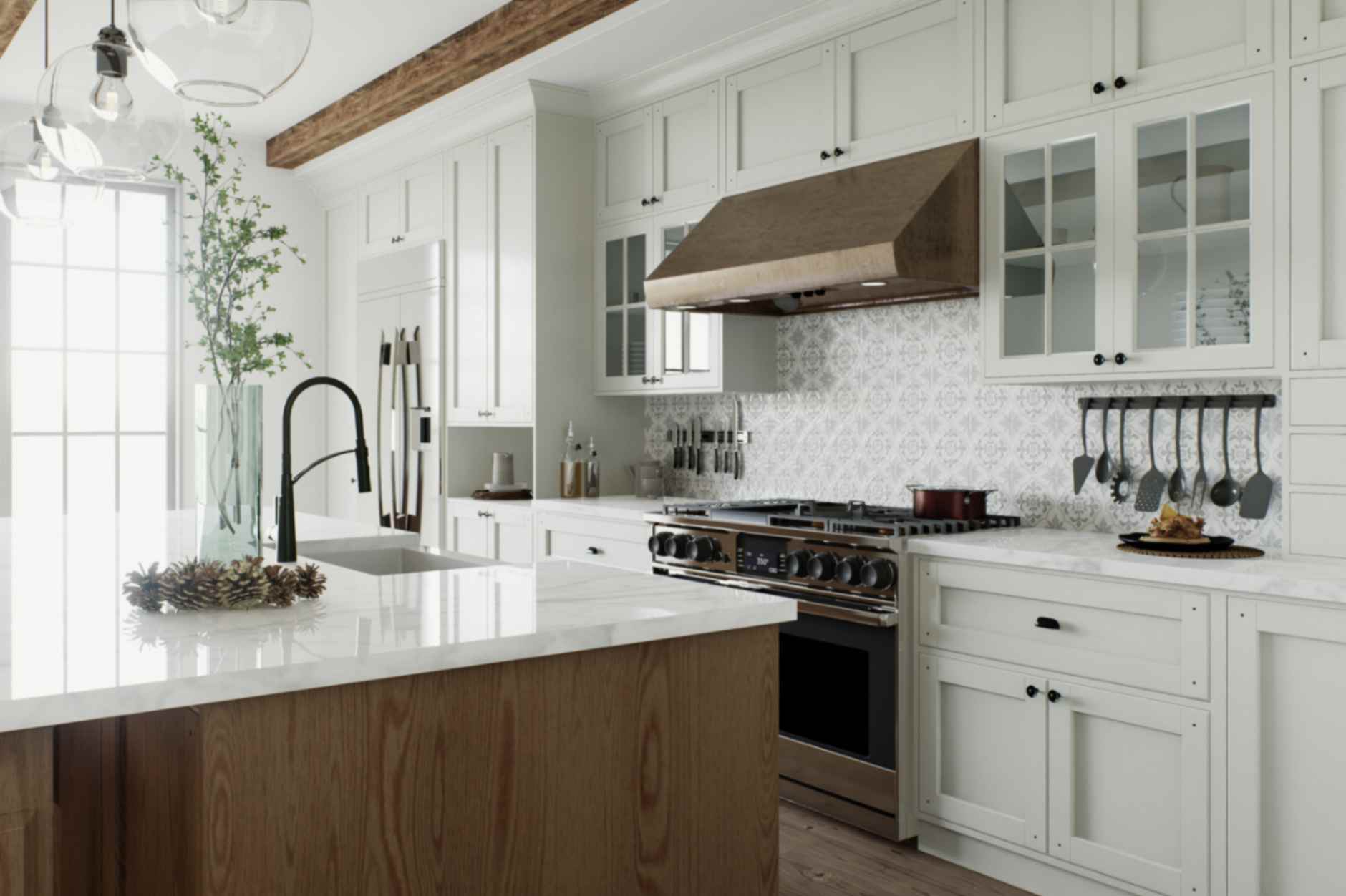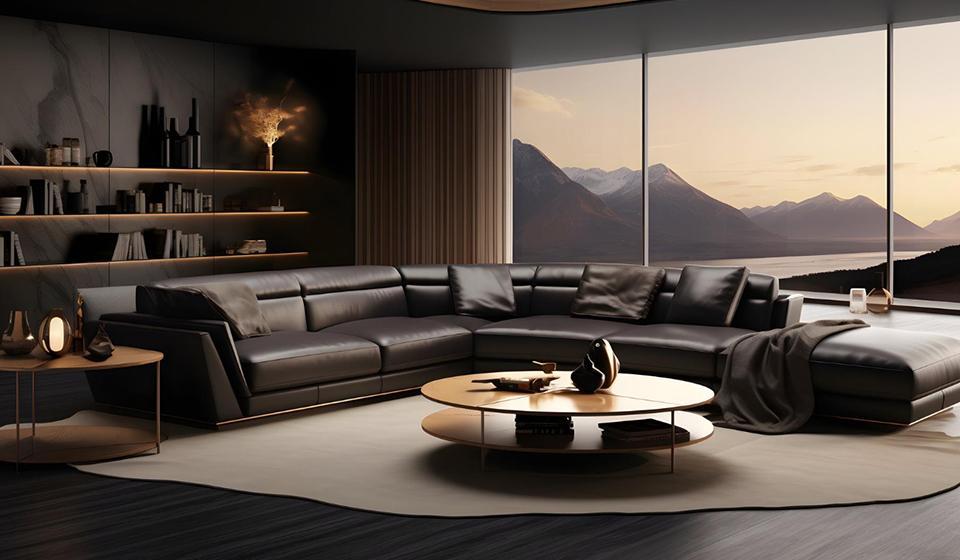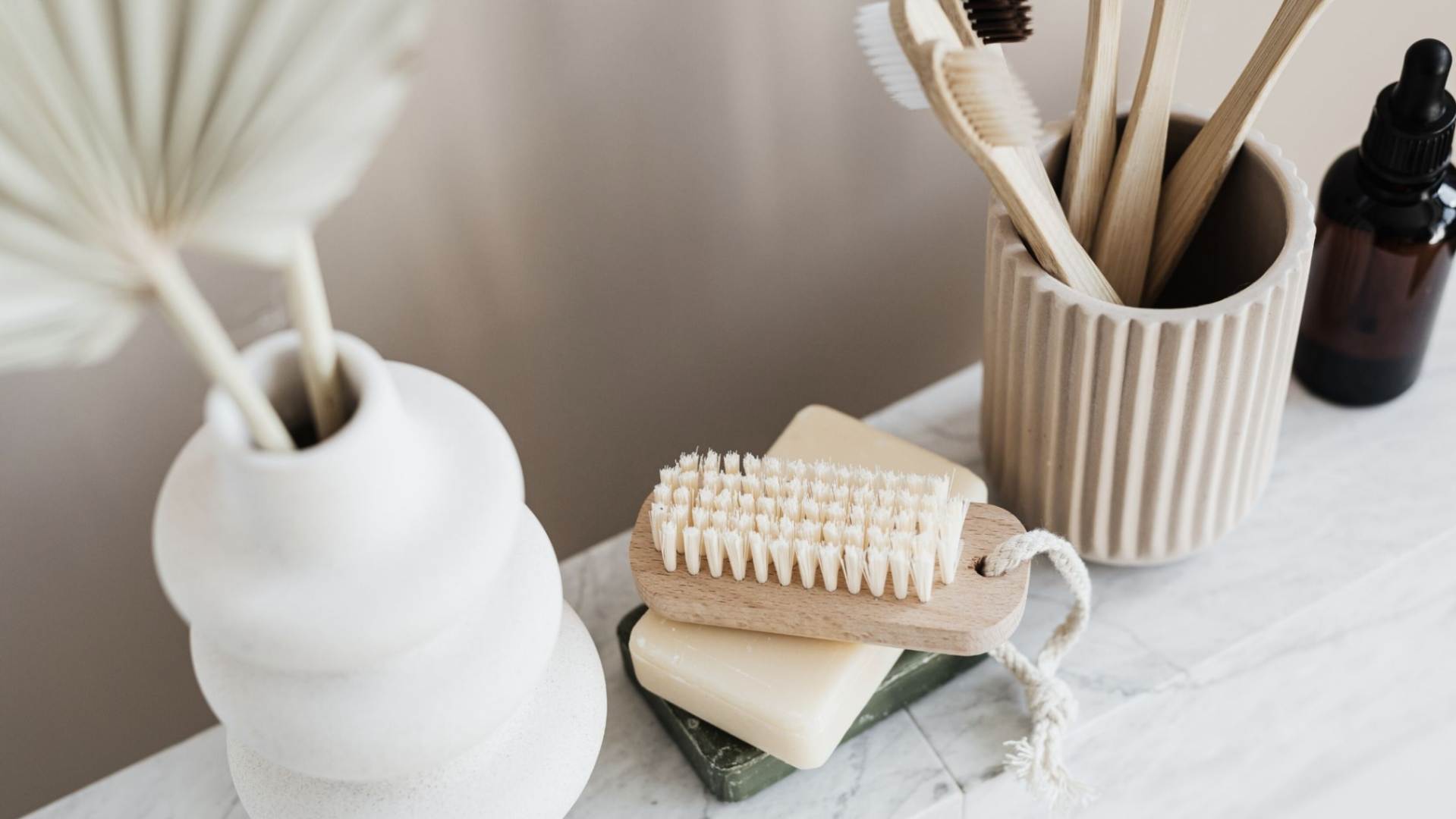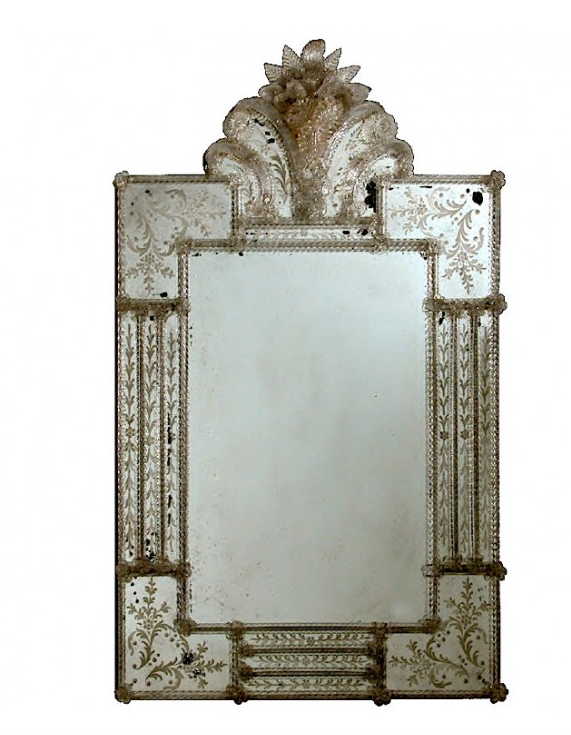Learning from Ledoux
Claude Nicolas Ledoux has always been one of my favorite architects but finding information about him is a struggle. The few books written on him are hard to find and incredibly expensive. The little that is left of his built-work is in France of course so not easy for me to get to. Recently Ashley Hicks had a 2-part talk about Ledoux which you can watch on his Instagram TV (link HERE) showing a few projects I wasn't familiar with. I learned a few months ago there is a Ledoux Museum at his Royal Saltworks project and Ashley Hicks says he had even stayed there overnight and there is a sort-of hotel on the property. But like many things in France there is little information about this online. Wouldn't that be a fun post-covid trip to plan (whenever that may be). A bit about the museum on their website HERE. image by Jean-Marie Hullot The altered but still lovely Pavilion of Music designed for Madame du Barry at Louveciennes is one of his few remaining residential projects. On the market for a staggering $50 million Euro you can see the real estate listing HERE with drool worthy photography. The little I've seen in person of his work includes the Hotel D'Hallwyll which I snuck into and posted about HERE. There is some paneling salvaged from the Maison Hosten in Paris circa 1790 at the Getty Museum which I wrote about HERE and you can read more about on their website HERE. Ledoux's largest built projects was a number of tollhouses surrounding the city of Paris which were built within a wall. Only a number of these survive and each is different. The images I've shared in this post I took in the Park Monceau (behind the Musee Nissim de Camondo which I wrote about HERE) where this tollhouse now houses public restrooms. Another has been repurposed into a small museum as the Musee de la Liberation de Paris. This may seem a rather pointless post but it includes a number of links to websites that I've put together in my own self-education about the work of Ledoux. I think we need a major exhibit of his work (hello Moma) to raise awareness and research on this very modern of architects and city planners.
Claude Nicolas Ledoux has always been one of my favorite architects but finding information about him is a struggle. The few books written on him are hard to find and incredibly expensive. The little that is left of his built-work is in France of course so not easy for me to get to. Recently Ashley Hicks had a 2-part talk about Ledoux which you can watch on his Instagram TV (link HERE) showing a few projects I wasn't familiar with.
I learned a few months ago there is a Ledoux Museum at his Royal Saltworks project and Ashley Hicks says he had even stayed there overnight and there is a sort-of hotel on the property. But like many things in France there is little information about this online. Wouldn't that be a fun post-covid trip to plan (whenever that may be). A bit about the museum on their website HERE.
The altered but still lovely Pavilion of Music designed for Madame du Barry at Louveciennes is one of his few remaining residential projects. On the market for a staggering $50 million Euro you can see the real estate listing HERE with drool worthy photography.
The little I've seen in person of his work includes the Hotel D'Hallwyll which I snuck into and posted about HERE. There is some paneling salvaged from the Maison Hosten in Paris circa 1790 at the Getty Museum which I wrote about HERE and you can read more about on their website HERE.
Ledoux's largest built projects was a number of tollhouses surrounding the city of Paris which were built within a wall. Only a number of these survive and each is different. The images I've shared in this post I took in the Park Monceau (behind the Musee Nissim de Camondo which I wrote about HERE) where this tollhouse now houses public restrooms. Another has been repurposed into a small museum as the Musee de la Liberation de Paris.
This may seem a rather pointless post but it includes a number of links to websites that I've put together in my own self-education about the work of Ledoux. I think we need a major exhibit of his work (hello Moma) to raise awareness and research on this very modern of architects and city planners.
I learned a few months ago there is a Ledoux Museum at his Royal Saltworks project and Ashley Hicks says he had even stayed there overnight and there is a sort-of hotel on the property. But like many things in France there is little information about this online. Wouldn't that be a fun post-covid trip to plan (whenever that may be). A bit about the museum on their website HERE.
The altered but still lovely Pavilion of Music designed for Madame du Barry at Louveciennes is one of his few remaining residential projects. On the market for a staggering $50 million Euro you can see the real estate listing HERE with drool worthy photography.
The little I've seen in person of his work includes the Hotel D'Hallwyll which I snuck into and posted about HERE. There is some paneling salvaged from the Maison Hosten in Paris circa 1790 at the Getty Museum which I wrote about HERE and you can read more about on their website HERE.
Ledoux's largest built projects was a number of tollhouses surrounding the city of Paris which were built within a wall. Only a number of these survive and each is different. The images I've shared in this post I took in the Park Monceau (behind the Musee Nissim de Camondo which I wrote about HERE) where this tollhouse now houses public restrooms. Another has been repurposed into a small museum as the Musee de la Liberation de Paris.
This may seem a rather pointless post but it includes a number of links to websites that I've put together in my own self-education about the work of Ledoux. I think we need a major exhibit of his work (hello Moma) to raise awareness and research on this very modern of architects and city planners.


